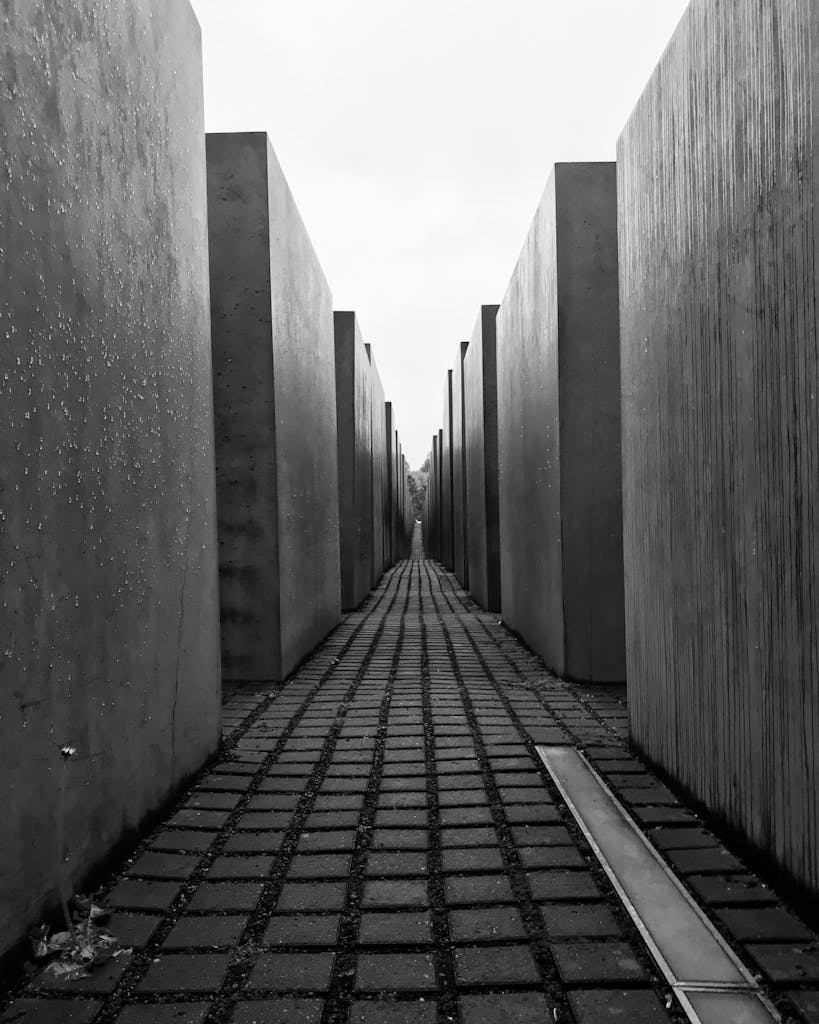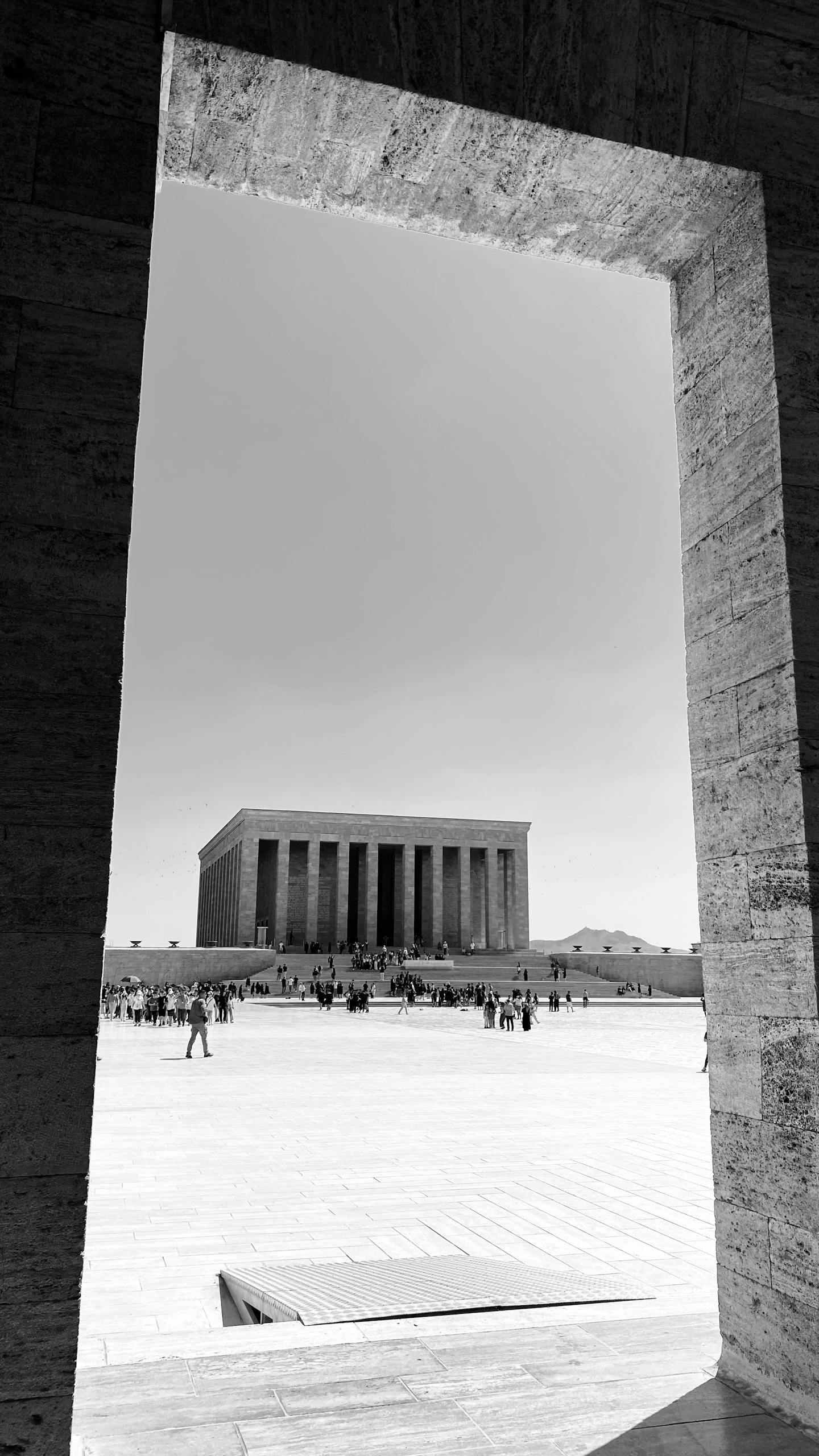Introduction: The Architecture of Memory
In the realm of contemporary design, memorial architecture occupies a distinct space where the emotional, historical, and spatial converge. Rather than simply building structures to commemorate, this architectural approach engages with trauma, absence, and collective memory in ways that provoke reflection and empathy. Unlike traditional monuments, which often seek to celebrate victories or individuals, memorial architecture speaks of silence, pain, and sometimes unresolved grief — it is about what is missing as much as what is built.
As societies continue to confront histories of war, genocide, systemic injustice, and personal tragedy, memorial architecture offers a vital language for remembrance. Through deliberate use of material, form, and space, architects are crafting experiences that resonate emotionally and psychologically — often inviting participation, discomfort, or introspection. This is not architecture for admiration; it is architecture for feeling.
From Monuments to Memorials: A Philosophical Shift
The evolution from classical monuments to modern memorials reflects a deep transformation in how societies remember. Where ancient and early-modern monuments often symbolized dominance, heroism, or national pride — such as victory columns, equestrian statues, or imperial arches — the 20th century gave rise to a radically different architectural response: spaces that acknowledge suffering and fragmentation.
The shift was especially visible after World War II and the Holocaust. The unimaginable scale of trauma and the need for reconciliation created new ethical questions for designers: How do you remember loss without glorifying violence? How do you create space for mourning without dictating a single narrative?
Memorial architecture began to reject decorative excess in favor of minimalism, abstraction, and emotional engagement. Absence became a material in itself. Rather than constructing a figure on a pedestal, designers created voids, empty rooms, fractured paths, or immersive environments that invite the visitor to confront the memory of what once was.
Key Elements of Memorial Architecture
Several spatial and conceptual strategies define memorial architecture, distinguishing it from traditional commemorative forms:
1. Abstraction Over Representation
Modern memorials often avoid literal imagery. Instead of depicting a person or event directly, they use abstract geometry, negative space, and material contrast to evoke emotion. This ambiguity allows visitors to project their own interpretations and connect personally with the experience.
Example: Maya Lin’s Vietnam Veterans Memorial in Washington D.C. is a black granite wall sunk into the earth, listing the names of the fallen. Its reflective surface invites self-contemplation rather than patriotic display.
2. The Use of Void and Silence
Void is not emptiness in memorial architecture — it is the most poignant presence. Architects design spaces that echo with absence, where silence becomes louder than speech. Descending corridors, blind walls, and empty rooms become metaphors for loss.
Example: The Holocaust Tower at the Jewish Museum Berlin by Daniel Libeskind is a tall, narrow space with only a single slit of light. The oppressive silence and lack of exit create an immediate, visceral experience of entrapment and isolation.
3. Interaction and Journey
Rather than being static, many memorials are dynamic — designed to be walked through, touched, or discovered over time. The visitor is not a passive observer but becomes part of the memory process. This strategy transforms architecture into an emotional journey.
Example: The Stolpersteine project by Gunter Demnig installs small brass plaques in sidewalks across Europe to mark the homes of Holocaust victims. Encountering them is unplanned and intimate, making remembrance part of daily life.
4. Embedded Landscapes
Landscape plays a major role in memorial architecture. Many designers integrate memorials into natural settings — forests, fields, riversides — where nature becomes part of the healing process. Seasonal change, light, and weather affect the experience, making each visit unique.
Example: The Memorial to the Murdered Jews of Europe in Berlin consists of a field of concrete stelae of varying heights that undulate across a sloping site. Walking among them produces a disorienting yet meditative state, echoing the complexity of memory.

Material as Meaning
The materials used in memorial architecture are rarely chosen for aesthetics alone. Rough stone, raw concrete, rusted steel, or reclaimed wood carry symbolic weight. Patina, erosion, and imperfection are welcomed as reminders of time and decay. These materials often echo the emotional texture of the history being remembered.
Some memorials incorporate remnants from historical events — such as steel from the World Trade Center or bricks from concentration camps — embedding literal fragments of the past into the built form.
The Politics of Remembering
Memorial architecture is not neutral. The act of remembering — and what is remembered — is deeply political. Which histories are honored? Which are forgotten? Who controls the narrative?
Architects are increasingly aware of these tensions. Some memorials actively invite critique or engage with controversial subjects. Others serve as ongoing platforms for public dialogue. The best examples are not attempts to freeze history in place but to create living spaces of confrontation, healing, and thought.
Memorial Architecture in the Contemporary Context
As global challenges evolve, so too does memorial architecture. In recent years, new memorials have emerged to address previously overlooked tragedies: memorials for enslaved people, indigenous genocide, gender-based violence, and environmental destruction.
Digital technology also plays a growing role — from augmented reality overlays to interactive installations. However, the core mission remains the same: to remember with honesty, complexity, and care.
Conclusion: Memory as Design
Memorial architecture is one of the most emotionally charged and ethically demanding branches of the discipline. It challenges architects to move beyond form and function, into realms of empathy, history, and morality. The most powerful memorials do not offer answers; they offer space — to grieve, to remember, and to reflect.
In a time when many societies are reckoning with painful legacies, memorial architecture continues to ask a critical question: How can we build not just for the living, but for those who are gone — and for the memory that must endure?

Pingback: العمارة التذكارية: التصميم مع الغياب والفقد
Comments are closed.